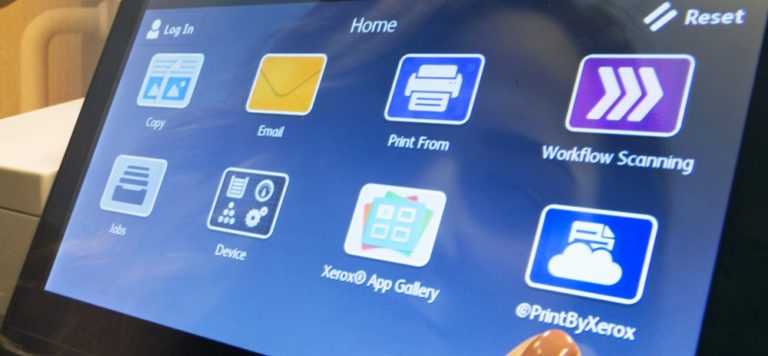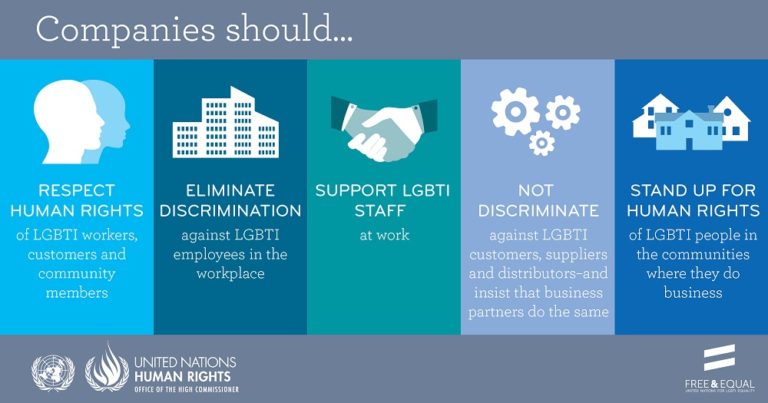By, Lisa Henley, National Practice Manager, Xerox State and Local Solutions
When you hear “time and attendance,” what comes to mind? Many of us conjure up memories of high school and skipping class – or how doing so would have wrecked a perfect attendance record. “Time and attendance,” though, has a very different meaning for states.
States often have more citizens in need of publicly-funded programs, like childcare and work training, than their limited budgets can afford to serve. Tracking time and attendance helps states ensure that the funds are being spent on as many citizens possible, and also that the citizens they’re serving are using the programs appropriately. Many states still use a paper-based system to track this information, and that can be rife with cost and time inefficiencies.
Enter a solution that allows people using state programs to check in and out simply, using an electronic system which automatically documents time and attendance and calculates the amount the state should pay the program provider.
States like Oklahoma, Ohio, Texas and Louisiana are already realizing the benefits of tracking time and attendance electronically.
Oklahoma partnered with Xerox to develop and implement eChildCare, a swipe card point-of-sale (POS) system, to address deficiencies in time and attendance documentation and speed up payments to providers. People receiving child care subsidies swipe the card at their child care facility to verify that a child is coming into or exiting care. That generates an electronic invoice – based on the actual hours of care – which is sent to the state. Going digital has increased payment accuracy, eliminated the error-prone and cumbersome manual voucher process, and saves the state $15 million annually.
It was clear to Oklahoma that tracking time and attendance digitally should be applied to other areas of citizen assistance, too. First on the list was adult day services, an assistance program for which there are far more people in need than there are funds available. Next up is Temporary Assistance for Needy Families (TANF) work programs, which provide citizens with skills training to help them obtain a job.
If your state is looking to better serve citizens while uncovering productivity and cost savings, take a look at the time and attendance process and make these your top priorities:
- Evaluate all of your time and attendance programs simultaneously to determine which technology – biometrics (finger scanning) or swipe card – is the best option to be used for all citizen assistance programs.
- Identify a partner that is willing to build solutions for your state’s unique needs and circumstances.
- Over-communicate with citizens, employees and businesses affected by the change. This allows everyone involved to understand the benefits to all parties and embrace the new system.
Lisa Henley helps states better serve citizens, simplify processes and save millions annually through card and biometric innovations that address waste, fraud and abuse.



I just started reading this blog. Some of the stuff is over my head, but I’m learning a ton from you! Thanks good one